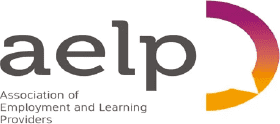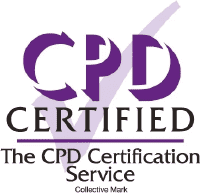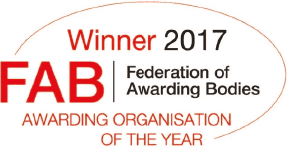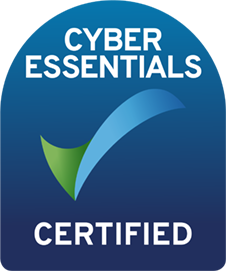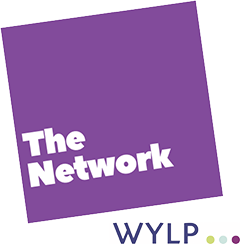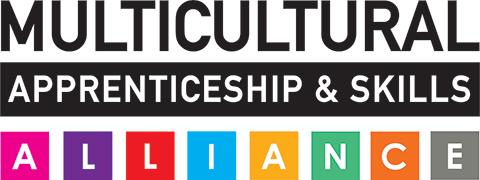When welcoming learners to the lesson, I try to make sure the routine is consistent. I always have aims of the lesson written on the board and ask learners who arrive early to read them and predict what we might be learning today. I make sure we peer correct homework early in the lesson and practise functional classroom language as we approach the break. “When are we re-starting the lesson after the break?” is revealed on the board at the same time every lesson so learners experience the repetition of the routine, and the grammar and vocabulary involved. There is one aspect that I always vary: seating arrangements. Learners are always asked to sit with different classmates every time and I am never shy to ask learners to move around the room.
Vary interaction patterns
Classes should be communicative, and learner centered, therefore I set up as many task-based activities as possible; especially those which relate to the assessments. These could include group jigsaw reading tasks about cities in the UK, planning an event and presenting to the class, and group formulating and writing a letter of complaint to the council. These activities create a sense of shared success between learners and encourage them to use English as a means of communication. Learners are the best resource in our classrooms, therefore by working together they can support and share knowledge with each other, while the tutor takes a monitoring approach and focuses on error correction and instructional support. Presentations, pair correction and video-based activities are all ways to get learners creatively involved in producing language.
Make use of the resources on offer
As we approach the exams, I try to make maximum use of the resources available. Ascentis ESOL Hub has lots of resources to choose from which are exam specific and appropriate for guiding learners to exam specific skills and aptitudes. Every qualification and language skill assessment has its own exam specific preparation pack that I make use of in class. I also ensure that we share resources amongst colleagues as a team. Therefore, I set up an online forum on an application to keep in touch with my fellow tutors who are teaching the same level as me. This collaboration ensures that we support each other and reflect on our practice. I also adapt materials, extend activities, and match them to individual learner needs and interests to ensure they are engaged and appropriately challenged as I prepare them for the exam. The community around us is full of resources. I look for suitable progression paths for individual learners to motivate them towards a future direction. This might be a career, higher-education study, or helping others. I find that reminding learners of the resources around them motivates them even more.
Preparing learners for ESOL exams is a challenge that I find highly rewarding. The feeling of giving learners their certificate at the end of the academic year is a feeling like no other. Working with learners so closely gives me a shared sense of achievement and I finish every course knowing that I have played a part in their journey to improving their lives.



